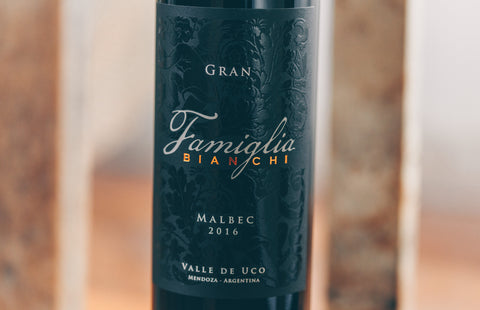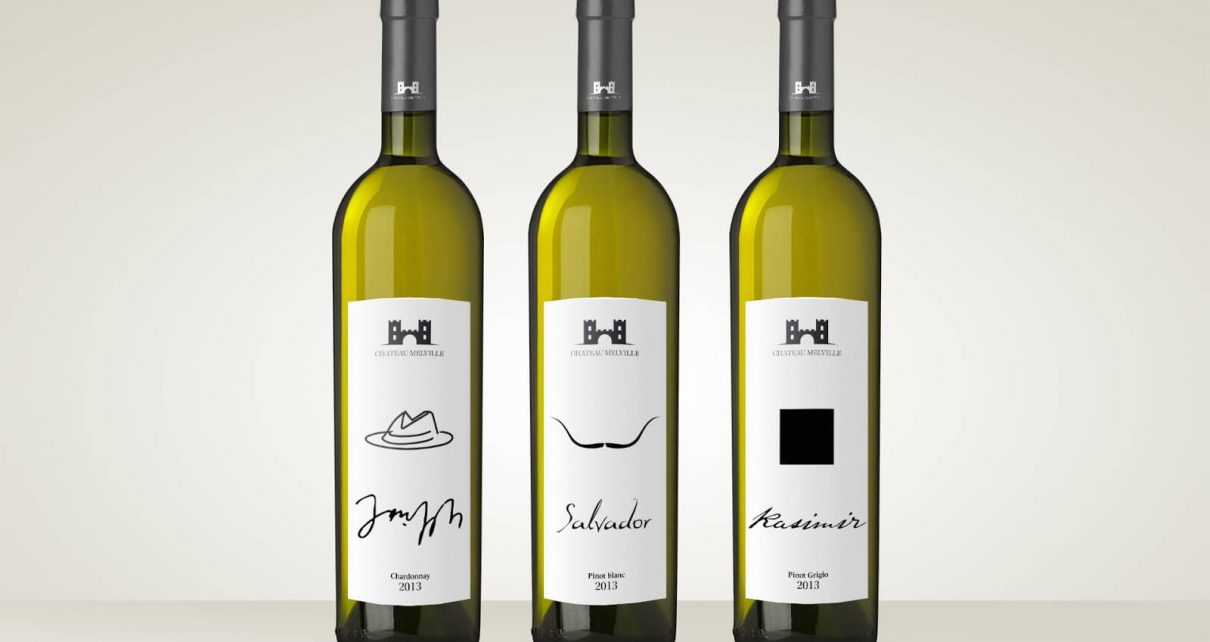Wine labels
The label is the business card of a Wine Labels and one of the main factors to differentiate in the gondolas of other specimens. Its design and information play a strategic role and can define a sale, position a copy above others in its category or turn it into an object of desire for collectors and wine enthusiasts.
What should a wine label contain?
The label must contain as much information as possible to know what we are going to find inside the bottle. Some of your essential data are:
- Winery name: Designates the establishment that produces the wine.
- Wine brand : It is the name given by the winery to identify a specific line or wine, whose use belongs exclusively to it.
- Isologo : Graphic associated with the brand that represents the wine or the winery.
- Origin : Indicates the place where the grapes were collected, which allows to know their quality according to their homeland.
- Category : Declare if the wine is red, white, pink, sweet or sparkling. You can also include the designation of origin (DOC) and data on their upbringing Wine Labels (for example, Reserve).
- Carapace : Specifies the names of the variety (s) of grapes that were used in . Only one (varietal) or several (blend) may appear.
- Add : It is the year of harvest, an indication to know the age of the wine.
- Country of production : The country of origin of the wine.

How should we read them?
Reading a wine label is essential to know in depth the details of the wine before drinking it or during a tasting. However, while the label is the “presentation” of the wine, the labels offer Wine Labels equally important information about the origin of the wine, its elaboration and its characteristics.
What information does the label of a wine contain?
With the intention of describing in detail the attributes of the wine, the counterattacks began to have a role as leading as the labels. They contain:
- Description of the land: Details the particularities of the area of origin of the wine; It is a very important text for the consumer.
- Tasting notes: Describe the sensory characteristics (sight, smell and taste) that the wine presents.
- Technical sheet: Refers to the way of elaboration and the time of raising, among other aspects.
- Legal text: The source data, name of the winery, establishment number, the and the postal address appear.
- Preventive legend : According to the regulations of the Directorate of Commercial Loyalty, every bottle with alcoholic content must have the legend “ Drink in moderation. Prohibited its sale to children under 18 years . ”
INV Analysis : Legal certification that establishes the authenticity and aptitude for wine consumption, granted by the National Institute of Viticulture (INV).
Alcohol : Alcoholic graduation indicates the percentage of alcohol in the wine.
Net content : Indicates the amount of wine (in milliliters) that the bottle contains.
Extra information : In many cases, the wineries include the suggested service temperature, recommended pairings and the establishment’s website on the label.
What size and characteristics are the wine labels?
In no country in the world is the design of labels regulated in terms of creativity, shapes and colors, but there Wine Labels are requirements in relation to many of the data contained in them. In Argentina, for example, all wines must necessarily have the preventive legend of moderate consumption and the certification granted by INV.
Are labels different when a wine is exported?
Although aesthetically there does not have to be differences in an export label, there are requirements that some countries present and must be respected. For example, having the Wine Labels biggest legal legends or giving more importance to the alcoholic degree, that is, that the design will only undergo minor modifications according to the country to which the wine in question is to be exported.
Why is the label of a wine important?
There are several reasons that Wine Labels reflect the importance of the label on a wine. On the one hand, wineries use various strategies in order to differentiate themselves from their competitors and increase their sales. Nowadays it is not enough that the wine has a certain quality, the packaging – especially the label – is a strong condition to capture the attention of consumers.
On the other hand, the label also talks about the purpose of the winery and to whom it points: the most conventional, to traditional customers; and the most daring and colorful, to new consumers. Their design and the information they provide are decisive factors that influence the buying behavior of a consumer.
Color data on labels
- The word tag derives from the contraction of the Latin phrase est (“here is the question”) used by French judicial documents in the fourteenth century. Over time, Wine Labels it became est hi and, finally, ethics .
- In general, the wine data that are present on the labels of the New World countries (United States, Australia, New Zealand, South Africa, Chile and Argentina, among others) are the brand and its
- while in the Old World (France, Italy, Spain, Germany, Portugal, Hungary and Greece) are the designation of origin and the name of the producing house.
- Many figures in the entertainment world – like Madonna – have their own wine line as another item of their official merchandising and use their image and name on the labels to get the attention of consumers.




